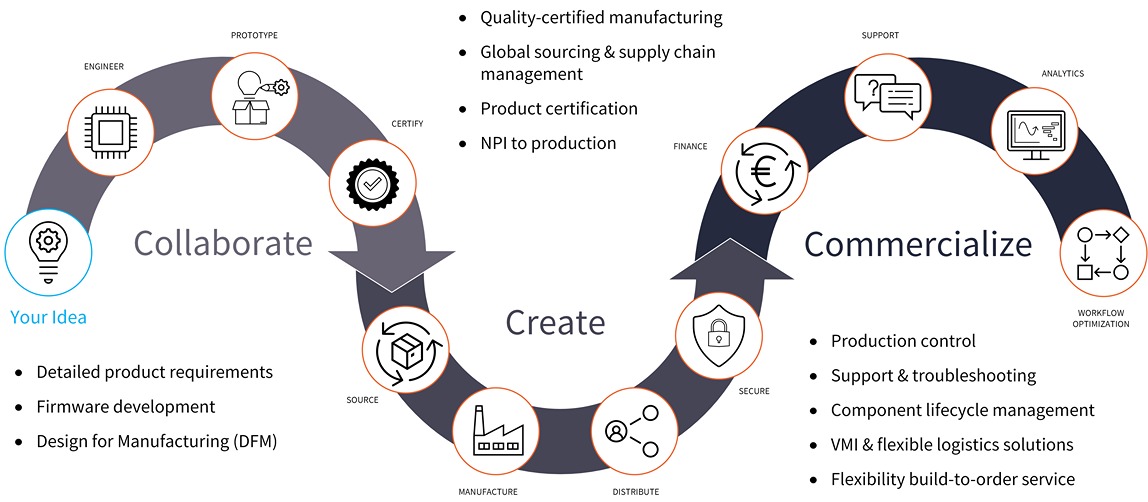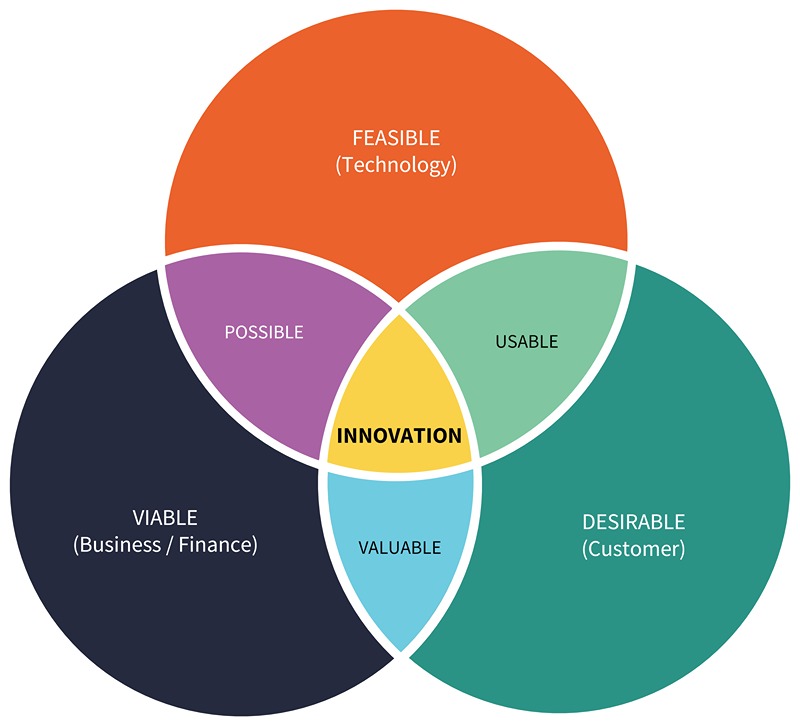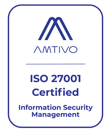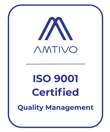
Connected Device development Lifecycle - Part 1
Concept to Production
What’s the problem?
Wireless technology, advances in power efficiency, and new radio protocols have enabled the proliferation of connected devices. From IoT sensors with small data uploads to wireless telemetry gateways, getting data directly from devices to the higher-level processing and inferences available in the cloud is becoming a necessity for organizations around the globe and beyond.
Developing connected devices, particularly for Automotive, Medical or Industrial markets will often require that product lifecycles can be 10 years or more. Requirements such as these lead to careful consideration of component lifecycles and device modularity. In addition, cost of development, cost of goods, and cost of ownership are all key considerations for a company looking to deploy connected systems.
In addition to establishing the technology and designing the system, a further hurdle can be the process of getting a connected device into mass production. The costs, complexity, and timelines associated with successfully entering production can be difficult to estimate, and more often than not, are far in excess of expectations.
This blog series (3 in total) provides an overview of the methodologies employed at TxWireless to manage and deliver connected systems to our customers. It discusses the underlying frameworks we have adopted and in some cases, invented, to segment projects into different phases that can be managed and delivered in realistic timescales with controlled budgets.
The theory of it all
At TxWireless we follow a 4-phase system that encapsulates the 9 stages of the Technology Readiness Level (TRL) approach. The graphic below illustrates this.

In practice, we section the TRL’s into 4 phases, with each phase having specific outcomes that serve as stage-gates. The table below shows the correlation between project phases and the varying technology levels.
Stage | Description |
1 | System Design Review and Architecture specification (TRL0 – TRL1) |
2 | Phase 1, Engineering Validation (TRL’s 2 – 4) |
3 | Phase 2, Design Validation (TRL’s 5 – 6) |
4 | Phase 3, Production Validation (TRL7+) |
In theory, entry and exit criteria should be established for each stage as a project is conceived. These criteria should be used to control how different technology disciplines advance through the design process and the establishment of detailed requirements is a pre-requisite for project start.
From experience, TxWireless have adapted this approach to allow more flexibility, especially in the early stage of the design.
Where does it all fit?
Referring to the image below, our process looks to help control and progress the first 360 degrees of the 540-degree model. Effectively it’s a collaborate and create system that enables the client to commercialize the outcome.
Our specific design approach works with specific considerations for the Engineering needed to get connected products to the point of commercialization.

Failing fast, the System Review and Architecture Specification
Goal of the System Review
The concept of the System Review is to enable a practical feasibility study with limited requirements to identify technology and commercial challenges that may impact the project delivery. The objective is to provide a detailed set of specifications, costs, and timelines that can be used as a go/no-go flag for the entire project. Our System Reviews are generally timebound, and typically would not exceed 8 weeks in duration.
Examples of where we have found this to be valuable include cases where our customer has a specific industrial design that they want to consider for their product. During the System review, we would use rapid prototyping to make prototype housings and evaluate the optimum antenna type, position and keep out zones to maximize RF performance. This information can be evaluated by the client and used to influence the Industrial Design before actual design work is starting.
The graphic below is an illustration of the questions a System Review will work on.

Other key outcomes from the System Review include;
– Updated design specifications and requirements, entered into our Jama1 requirements management tool
– System Architecture block diagrams and documentation
– Hardware block diagrams
– Software architecture
– Connectivity architecture, including suitable RF technologies, i.e. CAT-M or CAT.1
– Antenna initial system analysis
– Power analysis and battery recommendations
– Creation of a project timeline based on the findings of the System Review
– Indicative project development costs
– Indicative product build cost
– Design plans for each of the required discipline
At the end of the System Review, if the customer needs are met and they wish to proceed we advance into our Engineering Validation Phase (EVT, or P1). The Engineering Validation Phase will be discussed in Part 2 of this Blog series.
Author:
Fergal Brennan – Head of Engineering
Connect with Fergal on LinkedIn
Footnotes
- https://www.jamasoftware.com/




























